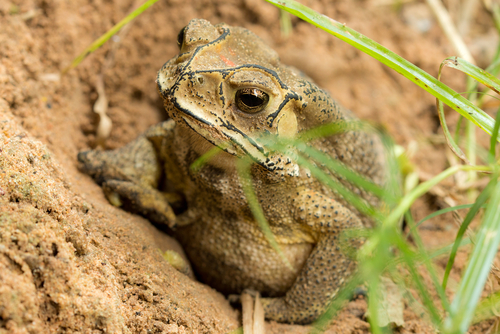Toxic toads could devastate Madagascar’s biodiversity
In 2014, a toxic invasive species—the Asian common toad—was spotted in Madagascar’s largest seaport. Conservation biologists quickly sounded an urgent alarm, warning that the invader could devastate the African island’s unique biodiversity, which includes lemurs and hundreds of other animals found nowhere else in the world. Now, scientists have confirmed that the toad’s toxic slime will likely kill nearly everything in Madagascar that tries to eat it, according to a study that surveyed the susceptibility of 88 species.
The findings “strengthen the idea that these [toads] are a major threat,” says Guinevere Wogan, an evolutionary biologist at the University of California, Berkeley, who wasn’t involved in the study. Knowing how many species are potentially vulnerable is “critical for thinking about how to approach this invasion and save the diversity,” she says.
The toads (Duttaphrynus melanostictus) ward off predators by secreting a deadly toxin, which can trigger cardiac arrest. But some snakes, rodents, and even hedgehogs can eat the toads and come out unscathed, thanks to genetic mutations that render the toxin harmless. But no one knew whether Madagascar’s predators, which evolved on the relatively remote island, had developed similar mutations. “Madagascar has been isolated for 80 or 90 million years, and has never had toads,” says Wolfgang Wüster, a herpetologist at Bangor University in the United Kingdom.

